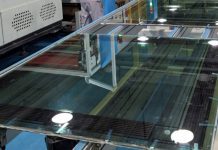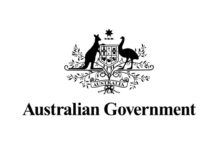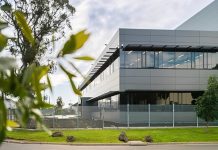Media Release by Bluescope
BlueScope and Rio Tinto have joined forces to explore options for low-emissions steelmaking at Port Kembla Steelworks in New South Wales.
The two companies have signed a Memorandum of Understanding (MOU) to research and design low-emissions processes and technologies for the steel value chain across iron ore processing, iron and steelmaking and related technologies.
The two priority action areas for immediate exploration are:
- Hydrogen Direct Reduction and Iron Melter
This concept will involve producing a low emissions iron feed for consumption at Port Kembla and will explore the direct reduction of Rio Tinto’s Pilbara iron ores, with the intent of using green hydrogen produced from renewable electricity. The direct reduced iron (DRI) from this process will be melted in an electrical furnace, powered with renewable electricity, to produce iron suitable for the steelmaking process. - Enhancing existing processes
BlueScope and Rio Tinto will cooperate to explore the development of projects involving iron ore processing and technologies directed at reducing carbon emissions from existing iron and steelmaking processes.
The MOU expands the collaboration between the two companies, who were already jointly studying technology to reduce carbon emissions from existing iron and steelmaking processes. It will also allow more projects to be added as technologies mature.
The collaboration is part of BlueScope’s previously announced climate action fund of up to $150 million. The first phase of the collaboration will be to determine the scale of a pilot plant to be based at the Port Kembla Steelworks, consisting of a hydrogen electrolyser, direct reduction equipment and a melter.
BlueScope Chief Executive, Mark Vassella, said, “we are pleased to be working with Rio Tinto who supply the majority of iron ore to our Port Kembla plant. It’s a natural fit for us both and a meaningful opportunity for Australian steelmaking and mining to explore ways of contributing to emissions reduction targets.
“The new collaboration will focus on utilising green hydrogen for direct reduction of Rio Tinto’s Pilbara iron ores, which will then be fed into a melter.”
“This is an important program – one which will need broad support from governments, regulators, customers and suppliers. At a time when there is much talk and expectation about decarbonisation, this is an example of two significant Australian businesses getting on with real action. We are putting our dollars and our people right on the front line of addressing climate change.”
“BlueScope’s goal is net zero greenhouse gas emissions by 2050 for our global operations, as set out in our Climate Action Report. This complements the target we set in 2018 to reduce the emissions intensity of our global steelmaking operations by 12 per cent by 2030. In meeting this target, BlueScope’s Australian business will achieve a Paris Agreement aligned 45 per cent reduction in greenhouse gas emissions against 2005,” Mr Vassella said.
Rio Tinto Iron Ore Chief Executive Simon Trott said “We are excited to work with BlueScope to study the use of clean hydrogen and renewable electricity at the Port Kembla Steelworks, which could provide another potential pathway to crack the code on producing low emissions steel from Pilbara iron ore.”
“It is very early days, but both BlueScope and Rio Tinto are committed to net zero greenhouse gas emissions by 2050 and we realise that, to get there, we need to investigate multiple pathways and strike partnerships across the steel value chain”, Mr Trott said.
BlueScope continues to explore projects that will help to make low-emissions steelmaking a reality. Concept studies already underway include exploring the potential use of charcoal from forestry and construction waste to replace coal and other carbon sources in a blast furnace.
Process improvements already implemented at Port Kembla include increased use of waste gases and heat to produce electricity, using more scrap where feasible, and implementing a range of big data techniques to improve our process efficiency.

















